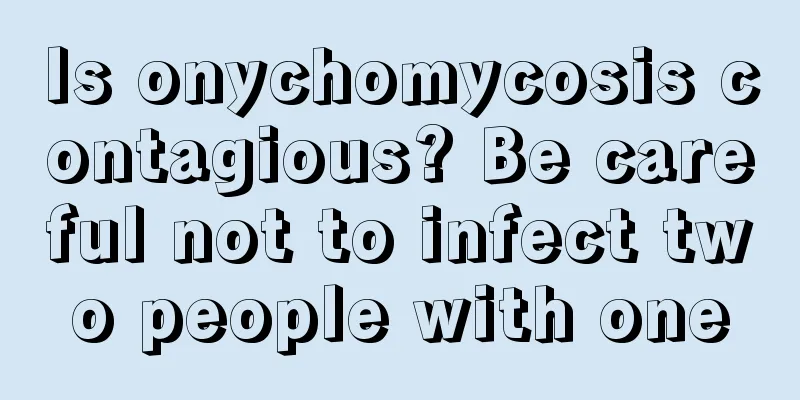What are the symptoms of bacterial eye infection

|
Eyes are exposed to the outside for a long time and are easily infected by bacteria in the air. Polluted air and public places contain a large number of bacteria. When our body resistance is weak, we are easily invaded by bacteria. In this case, the eyes will become red, swollen, itchy, afraid of light and wind, and sometimes even tearful. In this situation, you must protect your eyes well and seek medical treatment immediately if you find any. How to prevent and treat bacterial eye infections? When the eyes have been infected by bacteria, antibacterial eye drops should be used immediately for treatment, and attention should be paid to timely application of the medicine, sufficient dosage, and a complete course of treatment. Generally, the medicine is still required for 1 week after the symptoms have completely disappeared. Doctors usually ask patients to use eye drops during the day and eye ointment at night. This helps shorten the treatment time and achieve better results. What antibacterial eye drops are available? Currently, commonly used antibiotics in ophthalmology can be divided into three categories: chloramphenicol (the representative drug is chloramphenicol), aminoglycosides (the representative drug is gentamicin) and quinolones (the representative drugs are ofloxacin, ciprofloxacin, norfloxacin and other floxacin drugs). It is worth mentioning that although there are many antibacterial eye drops currently available, long-term clinical observation has revealed that they all have varying degrees of side effects and drug resistance (i.e. "bacteria are not easily killed by antibiotics"). Ophthalmologists at home and abroad are also gradually reducing the use of these drugs. For example, chloramphenicol eye drops have a long history of use, but the antibacterial effect is significantly reduced due to the large number of drug-resistant bacteria. They may also cause damage to the body's hematopoietic function and, in severe cases, may even lead to death. There have been records of such adverse drug reactions both at home and abroad. Quinolone eye drops, represented by ofloxacin, may affect the development of cartilage in young children and cause rickets, which has been confirmed in animal experiments. Therefore, when choosing antibiotics for you and your children, you should not only consider the effectiveness of the drug, but also the drug resistance and safety. You should consult your doctor for more information before taking the drug. In our country, we have begun to implement classified management of prescription drugs and OTC drugs, and the use of antibiotics is a prescription drug, so you should use such drugs under the guidance of a doctor, rather than just following advertisements to avoid more side effects. |
<<: What's the matter with white rice grains growing on the eyelashes?
>>: What are the lumps under the eyes?
Recommend
How to clean the restaurant kitchen range hood
I believe that many housewives have such a worry,...
Shelf life of white tea cake
White tea is also a relatively common type of tea...
Is acupuncture good for treating tennis elbow?
Acupuncture knife treatment for tennis elbow can ...
Kidney cancer was misdiagnosed as subcapsular hematoma and treatment was delayed
A year ago, Mr. Li had been feeling back pain. He...
What to eat for ovarian tumor
Although ovarian malignant tumor disease does not...
Can I have sex during pregnancy?
Many couples have sex during pregnancy. Here we w...
Simple yoga ball exercises for beginners
Yoga has been very popular in recent years, espec...
What are the benefits of eating seahorse for women
Seahorse is a relatively common small animal in t...
How much does it cost to treat liver cancer? The cost of treating liver cancer is determined by these 4 aspects
Lung cancer is a malignant disease that occurs in...
What toxins does fresh daylily contain
Fresh daylily contains a toxin called colchicine....
Which part of the human body is the spleen and stomach
As the saying goes, the spleen and stomach are to...
How to fight cancer? Remember: rely on yourself and be firm!
In addition to the stress caused by the disease i...
Why is there blood in the stool but no pain?
In modern society, people enjoy a high level of q...
I still have frequent stomachaches half a year after bladder cancer surgery
First of all, there are some lifestyle issues tha...
Edema pharyngitis
Edema pharyngitis is a type of water accumulation...









